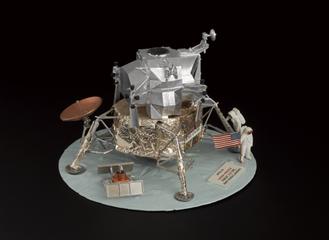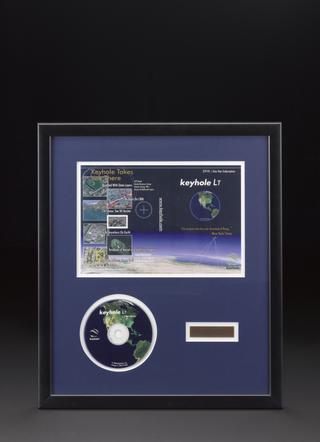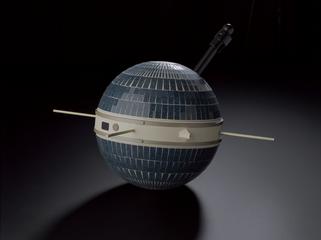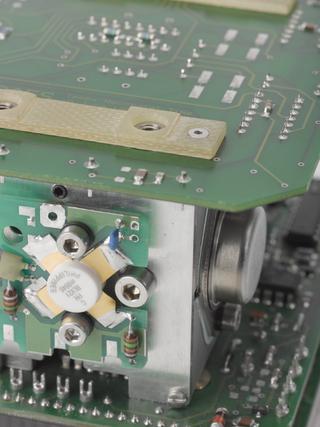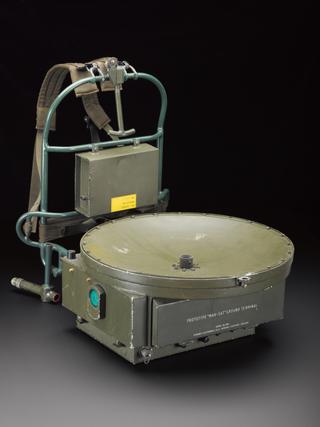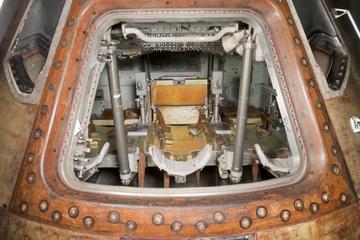
Flight spare Fluxgate Magnetometer as used on ESA-NASA Ulysses mission to study the Sun.
Ulysses was a joint ESA-NASA mission launched on 6th October 1990. It carried an orbiter to survey the space environment above and below the Sun – the first mission with such aims. This fluxgate magnetometer is a flight spare for this mission, making it an exact copy of what flew on Ulysses. Fluxgate magnetometers use electromagnets to measure the magnetic fields of planets, including both the direction and strength of magnetic fields. It was manufactured by Imperial College London, leaders in the field of magnetometry.
The instrument provided a time series of samples of the magnetic field along the trajectory of Ulysses which led to a number of discoveries For instance, it helped to determine the Sun’s magnetic field reverses in direction every 11 years, and indicated the solar magnetic field at the Sun’s poles is much weaker than previously assumed. It also found the Sun generates its own magnetic field which effects the entire solar system. During the 11 year solar cycle, solar activity like solar flares and coronal mass ejections increase. This activity can be dangerous as it can interfere with satellites and radio signals. But it is the same activity that also generates the Aurora Borealis or Northern and Southern Lights.
Details
- Category:
- Space Technology
- Object Number:
- L2007-4027
- Materials:
- metal (unknown) and plastic (unidentified)
- Measurements:
-
overall (est): 76 mm x 113 mm x 38 mm,
- type:
- components
- credit:
- Imperial College London
